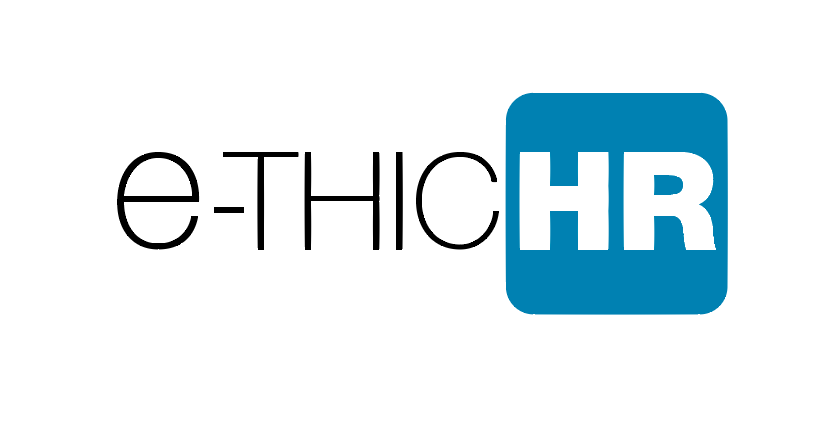When your employees are happy, fired up, and bringing the best of themselves to the job every day you’ll have a happy workplace, happy customers, and a healthy bottom line. Read the 6 things – recommended by Peter Economy* – you can do as a leader to create a happier and more productive workplace.
1. R-E-S-P-E-C-T…Th
This could very well be most important tool you’ve got for creating a happy workforce. Respecting your people–and their decisions–will clearly demonstrate to them that you consider them to be valuable and important. The result: improved loyalty, greater effectiveness, and higher-quality work.
2. …Combined With Trust
If you’ve hired talented, hard-working people, build on that achievement by creating strong bridges of trust. How? By giving them the opportunity to do the jobs they are supposed to do. When there is a high level of trust within an organization, built on a firm foundation of accountability and responsibility, your people will give their very best in return.
3. Be Captain and Coach
Start by outlining a vision for your company that inspires people to join with you to achieve it. Once that vision has been communicated, help employees understand how they fit into it, and what they need to do to help make it happen.
4. Feedback: The Breakfast of Champions
Providing regular feedback on work quality is a great way to keep employees happy, motivated, and on track. Instead of overlooking simple mistakes and sweeping them under the rug, point them out as soon as they occur so that employees can learn from them.
5. Flex Whenever You Can
Whenever possible, try to be flexible and roll with your employees’ schedules. Sure, some things at work need to be done at specific times-a weekly staff meeting, for example, or the manning of a help desk.
6. Show Your Appreciation
Do something on a regular basis to show your people that you personally appreciate the work they do. Make it fun, make it relaxing-;and make it real. Before you know it, your people will start looking forward to coming to work instead of wishing they could be anywhere else.
* Peter Economy is the bestselling author of Managing For Dummies, The Management Bible, Leading Through Uncertainty.

